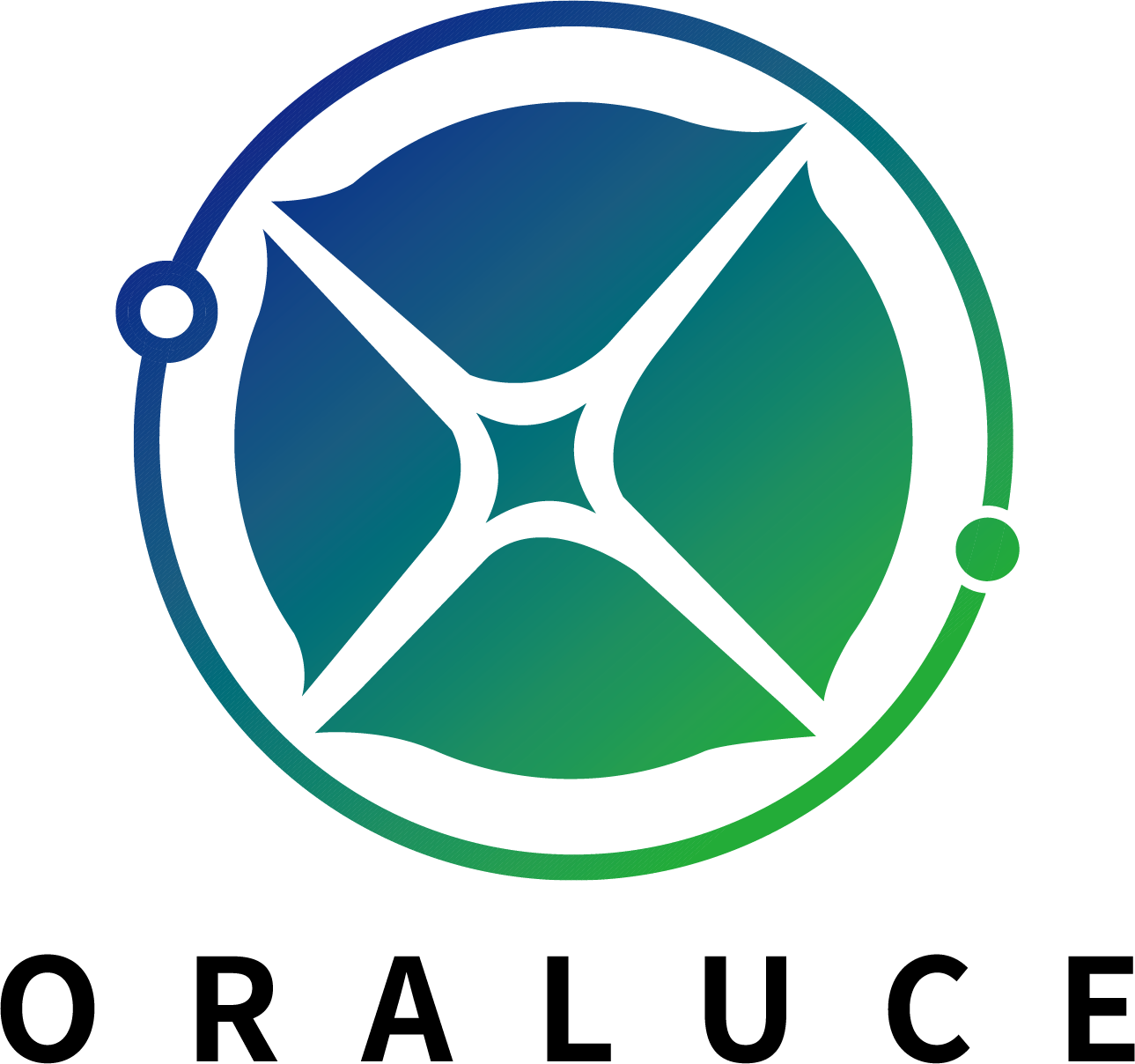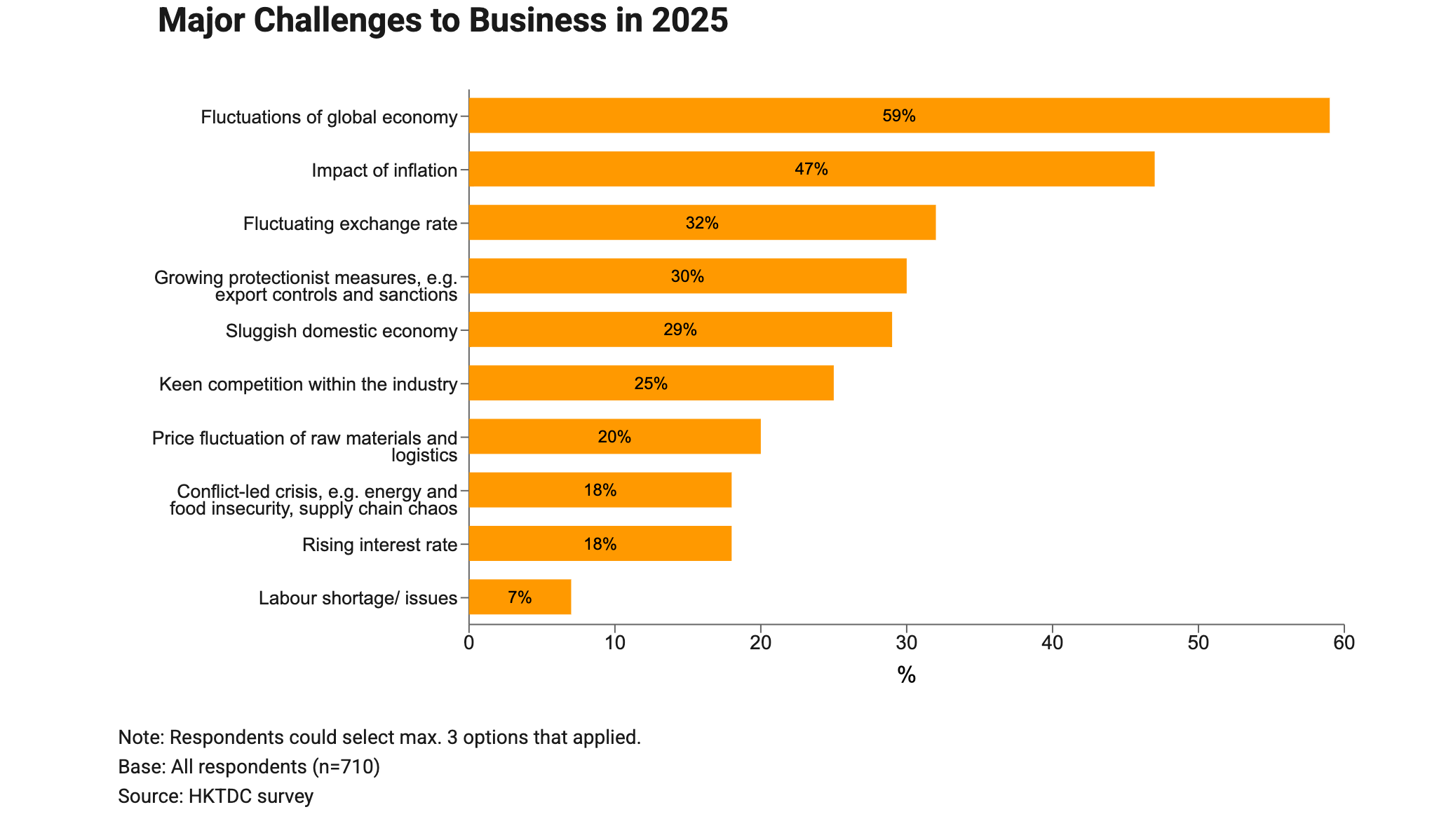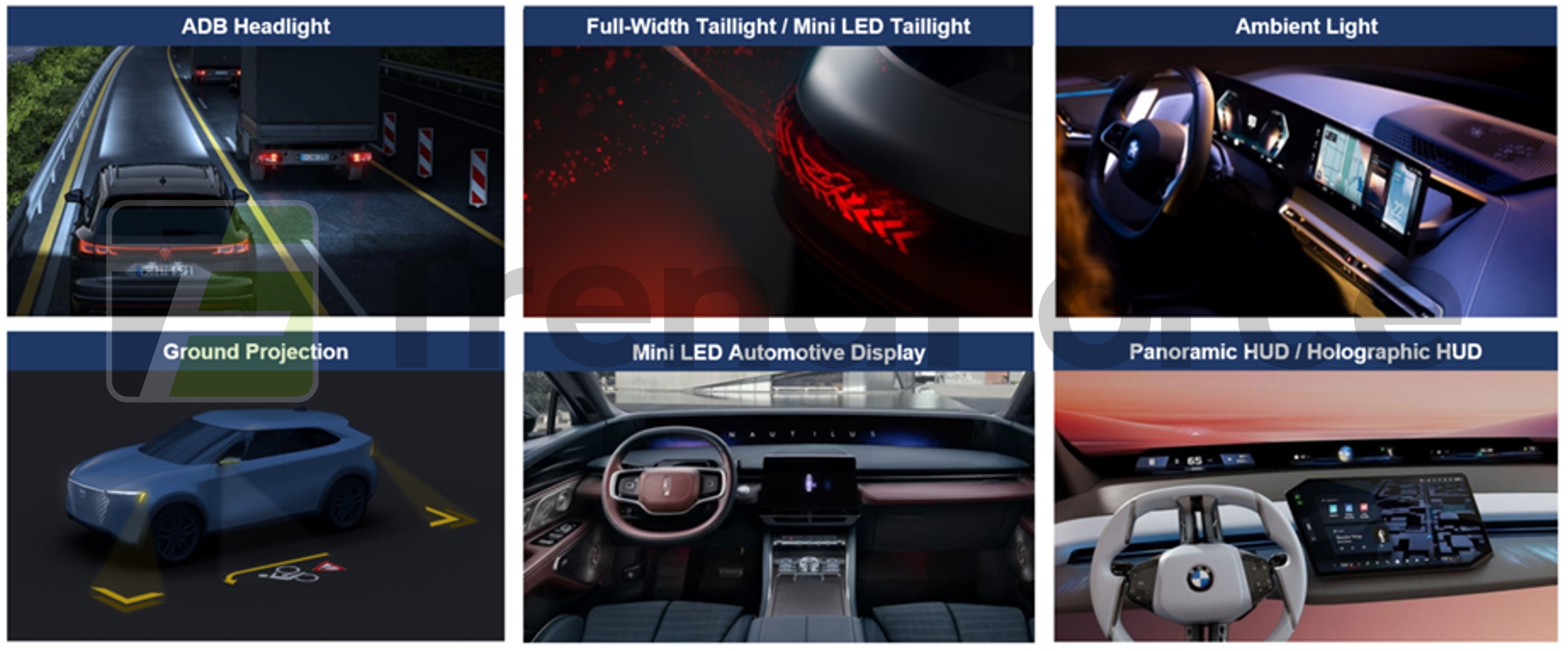Chargeable filament news
The Evolution and Future of Rechargeable LED Filament Bulbs: Market Trends and Innovations
The global lighting industry is witnessing a transformative shift toward energy-efficient and aesthetically versatile solutions, positioning **rechargeable LED filament bulbs** at the forefront of this evolution. Combining vintage appeal with cutting-edge technology, these bulbs are rapidly gaining traction across residential, commercial, and industrial sectors. Here’s an analysis of the latest developments and future trajectory.
1.**Robust Market Expansion and Key Drivers**
The rechargeable lighting market, valued at **$9.8 billion in 2024**, is projected to reach **$16.2 billion by 2034**, growing at a **5.3% CAGR**. This surge is fueled by advancements in **lithium-ion battery technology**, enabling faster charging, longer lifespan, and enhanced performance. Concurrently, the LED filament bulb segment is exploding—from **$9.54 billion in 2024 to an estimated $50.68 billion by 2033**, a remarkable **20.4% CAGR**. The **Asia-Pacific region dominates** with a **40% market share**, driven by urbanization, disposable income growth, and government energy-efficiency policies.
2.**Technological Innovations: Thermal Management and Intelligence**
Recent patents highlight breakthroughs critical to product reliability:
- **Thermal Management**: Companies like *Shenzhen Liangcai Electromechanical* secured patents for **dual-sided LED linear lights** with water-cooled "closed-loop tubes" to dissipate heat, addressing efficiency losses in high-temperature environments. Similarly, *Jiangxi Hongli Optoelectronics* developed **high-thermal-conductivity filament bulbs** to extend longevity.
- **Smart Integration**: Modern filament bulbs now feature **app-controlled dimming**, **color temperature adjustments**, and **voice-assistant compatibility**. At the 2025 Guangzhou International Lighting Exhibition, AI-driven systems debuted, such as retail lights that **auto-adjust based on display colors**, signaling a shift toward responsive environments.
- **Enhanced Aesthetics**: *Jiaxing Shanpu Lighting* engineered **uniform-light distribution** using advanced phosphor layers, overcoming traditional LED glare while maintaining a warm, incandescent-like glow.
3. **Diversifying Applications: From Commercial to Home Use**
While **restaurants and hospitality** (40% of applications) remain primary users for ambient lighting, the **residential segment** is accelerating. **NVC Lighting** reported a **119% YoY surge** in health-focused filament bulbs during 2025’s 618 shopping festival, driven by products simulating **natural circadian rhythms**. Demand is also rising in **emergency preparedness**, with rechargeable bulbs becoming staples in disaster kits due to grid instability and climate-related outages.
4. **Competitive Landscape and Sustainability Imperatives**
Market leaders like *Ledvance*, *Philips*, and *OPPLE* control ~50% of the global filament bulb share. To differentiate, brands are prioritizing:
- **Eco-Design**: Solar compatibility, **USB-C charging**, and recyclable materials align with tightening regulations like the EU’s circular economy directives.
- **Price-Performance Balance**: Despite higher upfront costs than incandescents, filament bulbs reduce long-term energy expenses by **>80%**. Manufacturers are scaling production to lower prices, with **60W bulbs (35% market share)** leading as the most economical high-brightness option.
5. **Future Outlook: Where Innovation Meets Opportunity**
- **Health & Wellness**: Products supporting human-centric lighting (HCL) will dominate, like NVC’s **24-hour biodynamic lights**.
- **Global Electrification**: Government initiatives, such as U.S. incentives for **energy-efficient lighting** and Asia’s rural solar projects, will propel adoption.
- **AI and IoT**: Expect tighter integration with smart-home ecosystems, including **predictive maintenance** and **energy-usage analytics**.
**Rechargeable LED filament bulbs** epitomize the fusion of form and function, transforming from niche decorative items into essential, intelligent lighting solutions. As technology erases historical trade-offs between aesthetics, efficiency, and cost, this segment is poised to illuminate a sustainable future—one where light adapts not just to spaces, but to life itself.



